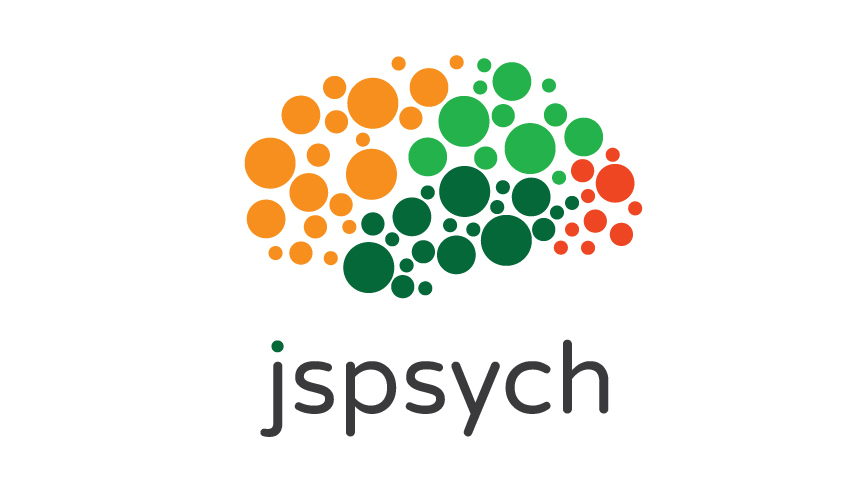Overview
jsPsych
is an excellent JavaScript library, created by Josh de Leeuw, for designing behavioral experiments that run in a web browser.
jsPsych provides a framework for defining experiments using a set of flexible plugins that create different kinds of tasks a subject could complete during an experiment.
By assembling these different plugins together it is possible to create many different types of experiments.
You are welcome to use any of the jsPsych scripts on this page. Most of the scripts reflect my research background and assess cognitive and perceptual processes.



